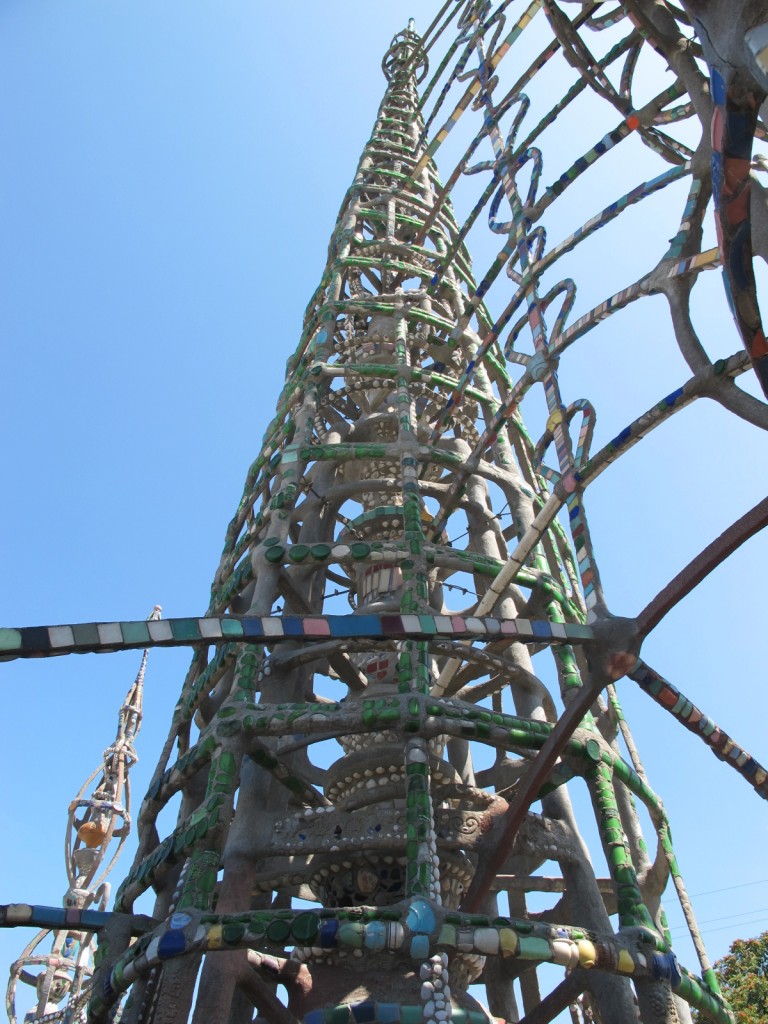 The Watts Towers was declared an endangered site last week by The Cultural Landscape Foundation. The iconic South L.A. art piece was one of 11 landscapes that made the “Landslide” list of at-risk landscapes. The foundation cited “thermal effects, vibration and earthquakes” which have cracked the cement case around the towers’ wire structure.
The Watts Towers was declared an endangered site last week by The Cultural Landscape Foundation. The iconic South L.A. art piece was one of 11 landscapes that made the “Landslide” list of at-risk landscapes. The foundation cited “thermal effects, vibration and earthquakes” which have cracked the cement case around the towers’ wire structure.
According to Lucy DeLatorre, a tour guide at the Watts Towers Arts Center, Simon Rodia singlehandedly made the towers of recycled materials, including steel bar, wire mesh and cement. [Read more…]









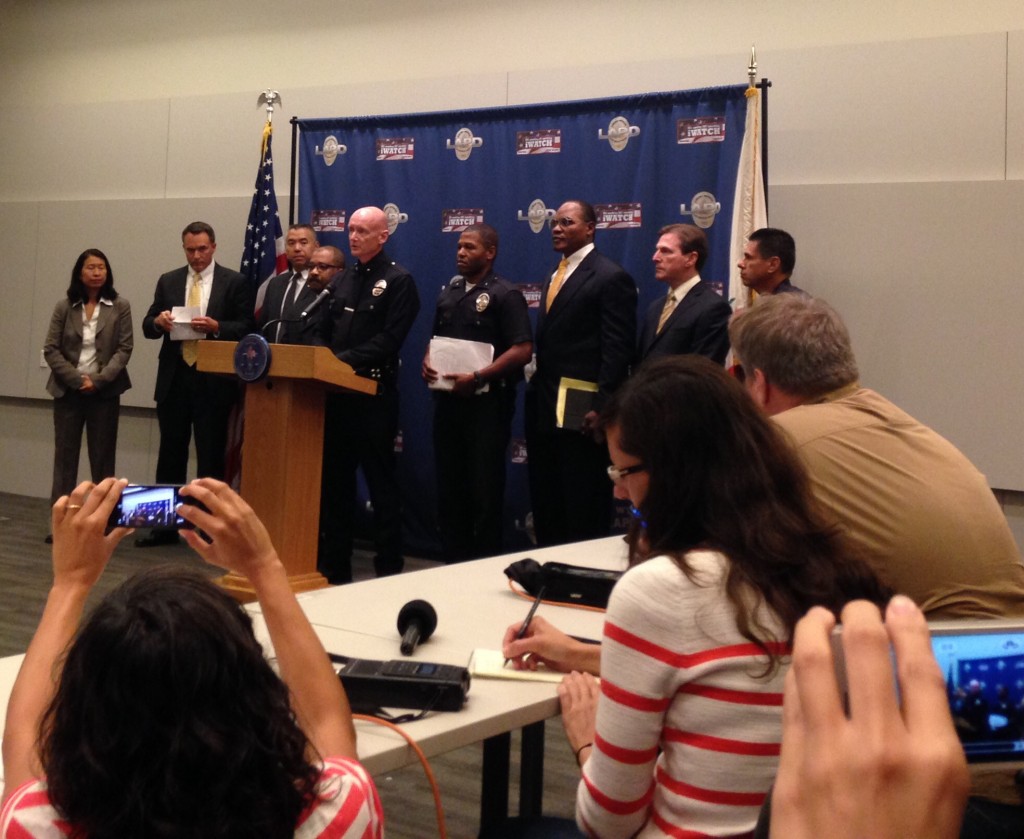

 Professor Francois Bar of USC Annenberg Innovation Lab with Tafarai Bayne of T.R.U.S.T. South LA
Professor Francois Bar of USC Annenberg Innovation Lab with Tafarai Bayne of T.R.U.S.T. South LA  South Los Angeles organizers are urging people to explore their community in a new way: on their bicycles.
South Los Angeles organizers are urging people to explore their community in a new way: on their bicycles.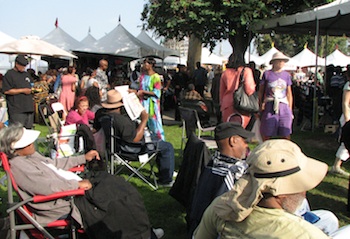

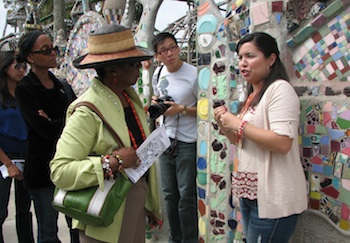
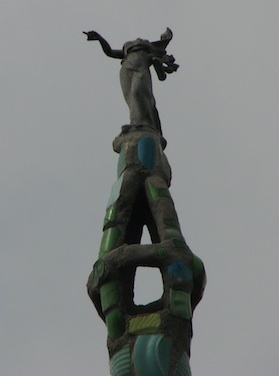
 USC animation graduate student
USC animation graduate student 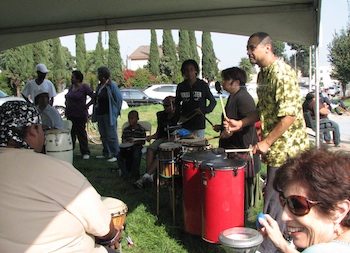
 WATTS- The Watts Towers rise above the South Los Angeles neighborhood, a testament to the ambition of an Italian immigrant who called Watts his home for decades. But in the realities of a recession, the nearly 90-year-old icons have seen their budget cut, a blow to the 17 fragile structures in constant need of maintenance.
WATTS- The Watts Towers rise above the South Los Angeles neighborhood, a testament to the ambition of an Italian immigrant who called Watts his home for decades. But in the realities of a recession, the nearly 90-year-old icons have seen their budget cut, a blow to the 17 fragile structures in constant need of maintenance.




